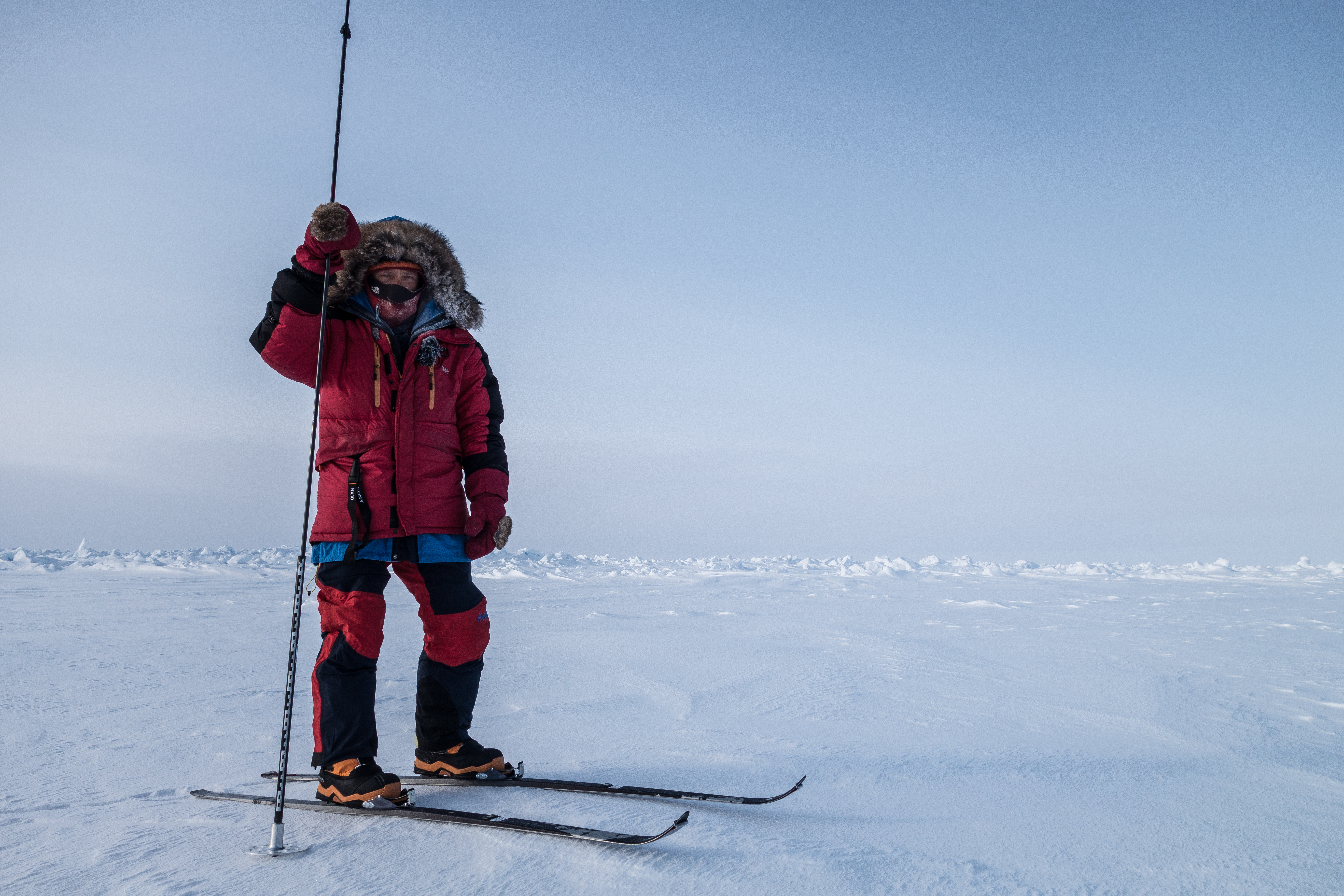For explorers
Are you planning an expedition in the Polar Regions? There are several options for you to add value to your project by contributing to scientific research.

Snow is one of the biggest unknowns as far as like being able to predict what’s going to happen to Arctic sea ice. It’s a critical interface between the ocean and the atmosphere and sea ice
Ignatius Rigor - Affiliate Assistant Professor, Oceanography University of Washington
What can you do?
Measuring snow cover thickness on sea ice – 45 minutes to 1.5 hours every day - equipment weight: 1.5 Kg
Measuring ice thickness via drill holes – 1 to 2 hours / day – equipment weight: approximately 5.5 Kg
Measuring ice thickness with an electromagnetic ice profiler: 1 hour / day minimum - equipment weight: 5kg (possible during progressive travel)
Deploying a buoy on sea ice- Possible during drop-off, resupply or pick up flights - deployment 20 - 30 mins. - equipment weight: 8.5 kg
Deploying an ice tracker on land based ice caps (West-Greenland for example) – deployment 20 - 30 mins. - equipment weight: 4.5 kg
See the technology page for details.
What to expect from Cold Facts?
We can help you source the instrumentation, provide training, instructions and protocols, feed your data to relevant scientists and share your efforts and results to a wider audience.
How is your data being used?
The data you’ll gather will contribute to running science programs and existing research. Buoy data is shared with the International Arctic Buoy Program, snow and ice data is shared with various scientists and ESA and NASA related validation campaigns.


